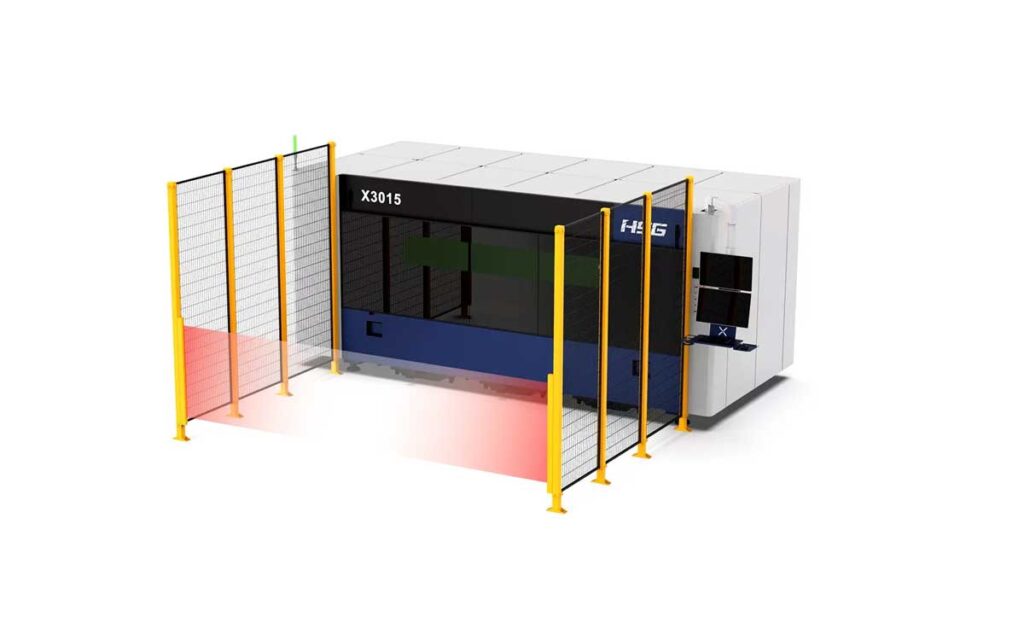As a Sales & Service Specialist at Mac-Tech, I’ve spent countless hours working with various laser cutting machines, and the Tanaka Fiber Laser stands out for its precision and efficiency. Whether you’re new to this technology or looking to optimize your current setup, understanding the key features and essential aspects of the Tanaka Fiber Laser is crucial. Here’s what I focus on when servicing these machines.
Key Features to Consider for Tanaka Fiber Laser
When evaluating a Tanaka Fiber Laser, power output is one of the first things I check. The machine’s power directly affects its cutting speed and material thickness capabilities. For most industrial applications, a higher wattage is preferable as it allows for faster processing and the ability to cut through thicker materials. However, it’s essential to match the power to your specific needs to avoid unnecessary energy consumption.
Another critical feature is the beam quality, which determines the precision and smoothness of the cut. A high-quality beam ensures that the laser can cut intricate patterns with minimal edge roughness. This is particularly important for industries where precision is paramount, such as aerospace or automotive. Regularly inspecting and maintaining the beam quality can prevent costly rework and material waste.
Essential Aspects of Tanaka Fiber Laser Machines
Maintenance schedule is a crucial aspect of keeping your Tanaka Fiber Laser running efficiently. Regular maintenance not only extends the life of the machine but also ensures consistent performance. I recommend setting up a detailed maintenance plan that includes routine checks of the optics, cleaning of the laser path, and calibration of the machine settings. This proactive approach can prevent unexpected downtime and costly repairs.
Another essential aspect is operator training. Even the most advanced machines can underperform if not operated correctly. Providing thorough training for all operators will ensure they understand the machine’s capabilities and limitations. This knowledge helps in making informed decisions about speed, power settings, and material compatibility, ultimately enhancing productivity and safety.






